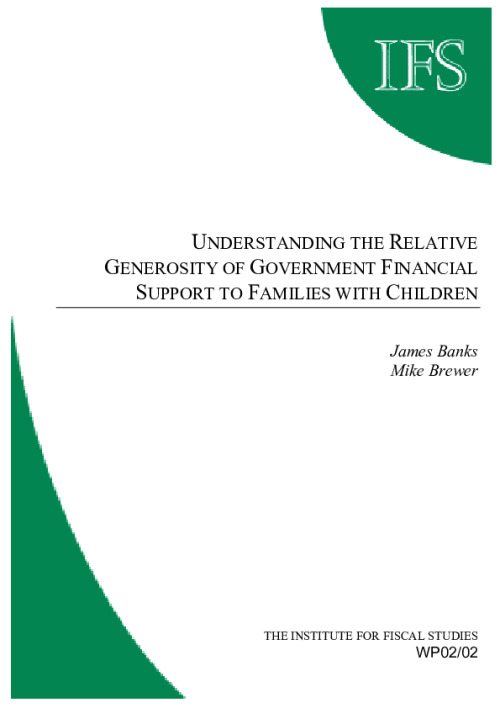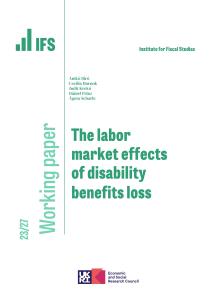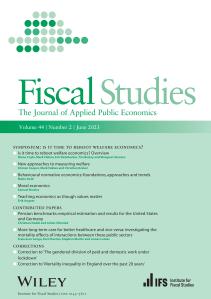The principal of horizontal equity can be interpreted as requiring that households with the same pre-transfer incomes and the same consumption needs should receive the same post-transfer incomes. We argue the generosity of government financial support to families with children should be analysed with respect to such a baseline. Although not without problems, equivalence scales form an important part of such a procedure. The comparison of financial support to families with children with a corresponding equivalence scale, both over time and between countries, should give a more accurate picture of generosity than comparisons of cash values alone. We discuss potential advantages and drawbacks of such comparisons, illustrating with comparisons of the US and UK systems. The main drawback is that we can only evaluate the generosity of support for children relative to that for adults. With this restriction, horizontal equity is more likely to be achieved for couples with 1 child than for those with 2 children. For some groups, the US is more generous to children (relative to adults) than the UK, but this difference is partly generated by the US system being less generous to childless households than the UK.










